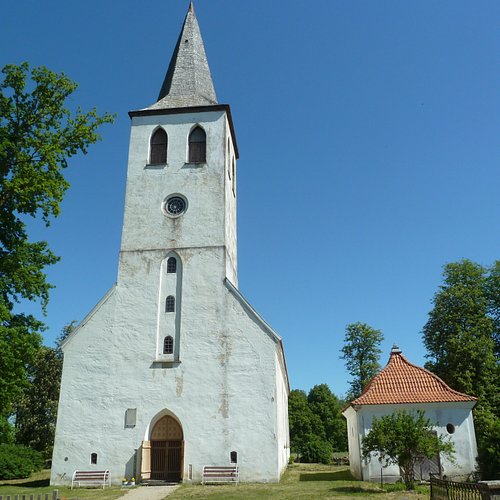6 Things to do in Puhalepa That You Shouldn't Miss
Pühalepa (German: Pühhalep) is a village in Hiiumaa Parish, Hiiu County in northwestern Estonia.
Restaurants in Puhalepa
1. Soera Farm Museum
Overall Ratings
5.0 based on 1 reviews
The history of Sooaare farm, that was itsoirignal name, dates back at least for 200 years. The oldest part of the cottage-cum threshing barn originates from the first half of XIX century, it's a threshing barn room with soilfloor and people used to live there and also dry crop in the autumn. Living room with chambers was built in the second half of XIX century.Smoke sauna, paargu or better known as summer kitchen, storehouse, cellar, coach house and victualler (former cowshed) are all part of the Farm Museum. There are also remains of an old dug well. In all buildings there are expositions of archaic tools and commodities.Soera was a typical XIX century Hiiu household.
2. Helmersen Rock Field
Overall Ratings
4.0 based on 2 reviews
In 1871 and 1879, Russian geologist Gregor Helmersen was the first to describe and characterize the Heilu rocks. His name is also connected to rocks elsewhere in Estonia. He described the Helmersen Rock Field as the best group of boulders originating from Finland that he had seen in the Baltic countries. There are over 80 rocks on the 0.5-hectare-size plot, which been carried here by the glacial ice.
3. Kallaste Cliff
4. Puhalepa Church
Overall Ratings
3.0 based on 3 reviews
The Puhalepa Church is Hiiumaa’s oldest stone church. In 1255, the German Order started the construction of a stone fortress-church. Initially lacking a steeple, the arched stone church was completed in the 14th century; construction of the steeple started in 1770. After it renovation in the 19th century, Crosses of Malta were painted on the walls that are primarily associated with the membership of the Ungern-Sternberg family members in this Order. Interesting fact: – One of the inauguration crosses has survived on the wall of the choir room. – An unusual stone pulpit was given to the Puhalepa Church by the Hiiesaare manor lords, the Gentschiens in 1636. – The burial chapel of the von Stenbock family is in the churchyard.
5. Fundamental Agreement Rocks
Overall Ratings
1.0 based on 1 reviews
At first, you don’t see more than just a large pile of rocks. Yet it is clear that the strength of ordinary hands would not be sufficient to achieve this. It is often thought this an ancient sacred place, a place where fundamental agreements were concluded, and consultation held with the gods. It is also thought that the pile of rocks marks the grave of Nordic King Ingvar. Ingvar was killed in Estonia around 600 and buried in a place marked with the name Kivi (Rock). There are also stories that this is the place where seaman brought the gods rocks for luck before embarking on voyage. It is also said that manor lord O. R. L. von Ungern-Sternberg was planning to build an Egyptian-style pyramid.
6. Kukka Boulder
Overall Ratings
5.0 based on 1 reviews



